Category Archives: Uncategorized
Filters
Task 3- Why, in your view do you think Citizen Kane is regularly cited by critics as “the greatest movie ever made”? (300 words min)
Citizen Kane introduced many avant-garde (innovative) storytelling/cinematography techniques into Hollywood, with Welles leaving a huge influence on the film noir style. He used artful lighting, cinematography, and unorthodox narrative structure told through different perspectives etc.
Firstly, the film takes on a non-linear structure, with the film famously beginning with the death of the main character and the introduction of the mysterious “rosebud”. The use of inter-view style recollections from different perspectives enhances narrative complexity whilst also adding an alternate perspective depending on how the character knew Kane meaning we can perceive him through many different lenses, without knowing how reliable each one is, resulting in an unclear sense of who Kane really was.

Moreover, Welles and his cinematographer Gregg Toland pushed the conventions of film making, introducing techniques that are still prominent in the film industry today; one of their most influential being their use of deep focus. Deep focus allowed for some amazing shots and effects regarding long shots and status staging. For example, in the scene below Kane seems to be engulfed by his surroundings suggesting his inferiority compared to the others in the scene.
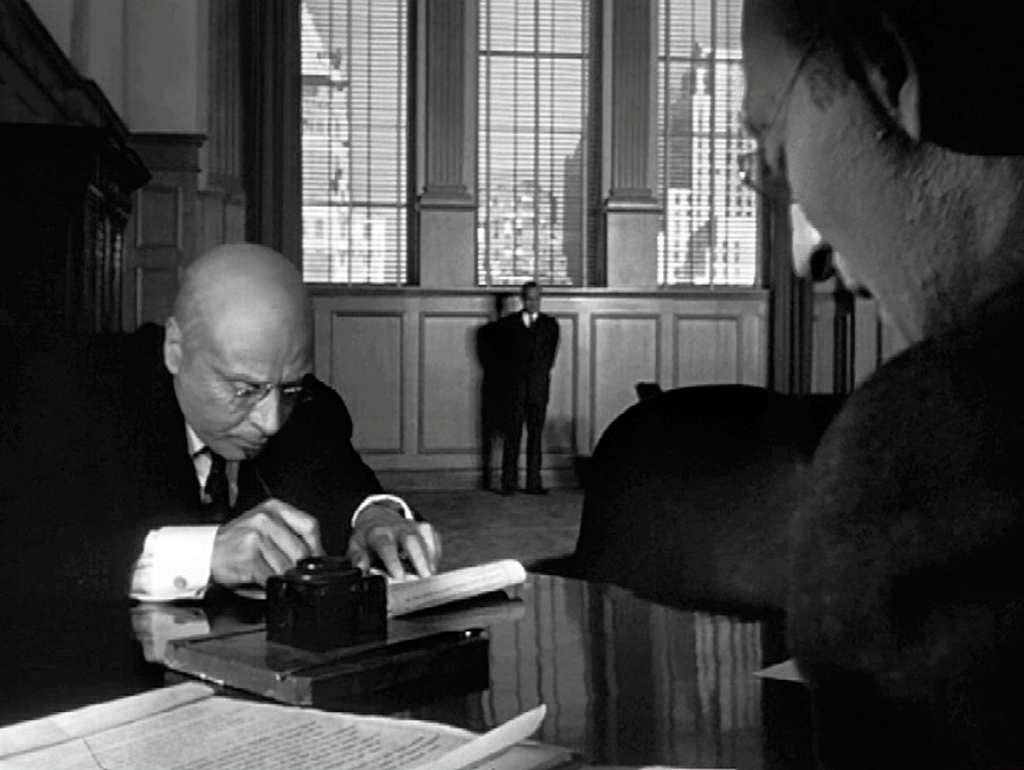
One particularly impactful shot is when Kane is walking down the hallway and his reflection is fragmented through the mirror perhaps suggesting he has lost his sense of self since his wife left him, or his isolation and the fact he’s left to himself.

Additionally, Welles experiments with lighting, with the whole film being in black and white, lighting/chiaroscuro, dark vs light, plays a big part in both the impact of the shot and the narrative itself. Welles masterfully uses light and shadow to convey characters internal emotions and turmoil. He desires, as a director, to connect and communicate with the audience through his images and the use of shadows aid him to do this. For example, as Kane signs the paper he’s engulfed in darkness perhaps foreshadowing his poor morals/greed. Thes lighting techniques went on to influence film noir.

His masterful use of extreme low and high angle shots is another reason why it may be held so high by critics. The low angle shots emphasise a character’s dominance, specifically in the below shot where Kane is shown at a particularly low angle highlighting his power/narcissism. Whilst high angled shots dwarf the subject, belittling them for example, as Kane stands on the newspapers. These shots were uncommon during this period.


Ultimately, I think the reason it’s considered “the greatest movie ever made” is due to its unique and innovate cinematography techniques that helped film/cinematography advance.
Task 2- Choose your favourite scene from the film and explain why this is the case. Consider Welles’ use of micro elements in your answer. (200 words min)
Citizen Kane – A Marriage Just Like Any Other Scene (4/10) | Movieclips
This is my favourite scene as it highlights Kanes deteriorating marriage over the course of years through the use of editing techniques, lighting, positioning/mise en scene and music/sound.
The scene opens with a dolly shot moving towards the two sitting closely suggesting intimacy between the pair as it positions the audience to view them as deeply in love however, throughout this scene the underscore of waltz music gradually builds in tension to emphasise the downward trajectory of the marriage and paired with the mise en scene it beautifully highlights the fact it’s gradually disintegrating. For instance, the table seems to function as a symbol of distance and how Kane and Emily have grown apart both physically and emotionally as the scene descents into silence between the pair. The scene is almost cyclical as it’s a backwards dolly shot, a reverse of the opening, but the lighting here is much darker compared to the initial shot suggesting their marriage can’t be revived and has ended/is ending.

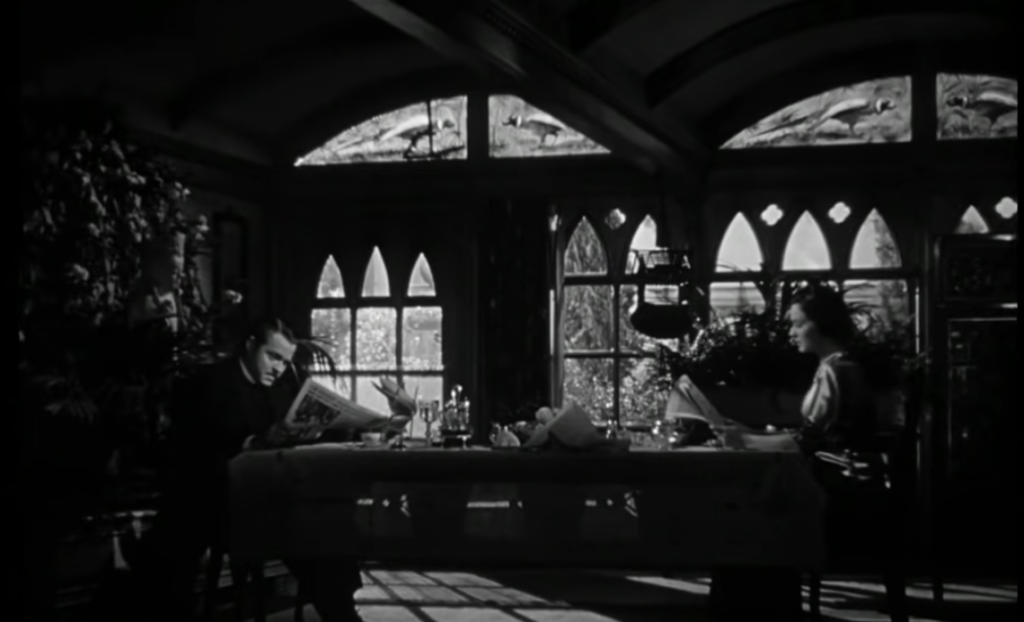
As the table grows longer the scene also begins to separate in two shown by shot reverse shot editing between them as they become isolated from one another in their own frames oppose to the beginning where they shared a frame.

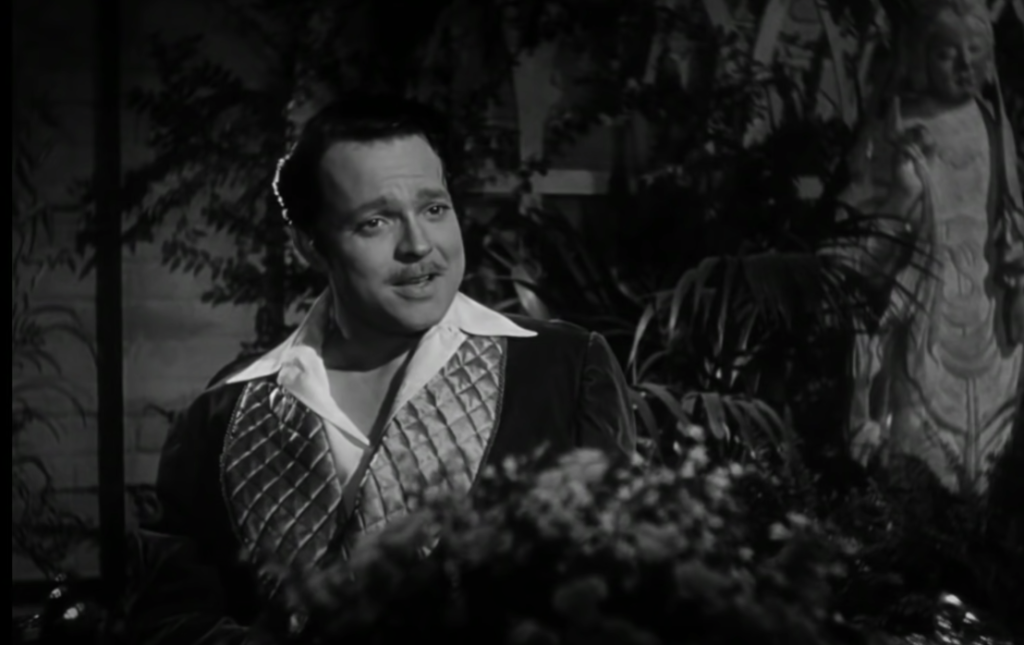
Props are also added in the foreground between them perhaps acting as a barrier to further separate them.
Montage editing is effective in this scene as it allows Welles to manipulate time for the benefit of the audience whilst still seeing the couple in the same setting. This is done by using a fast, spinning blur of the windows to transition through time, whilst suggesting nothing monumental has occurred.
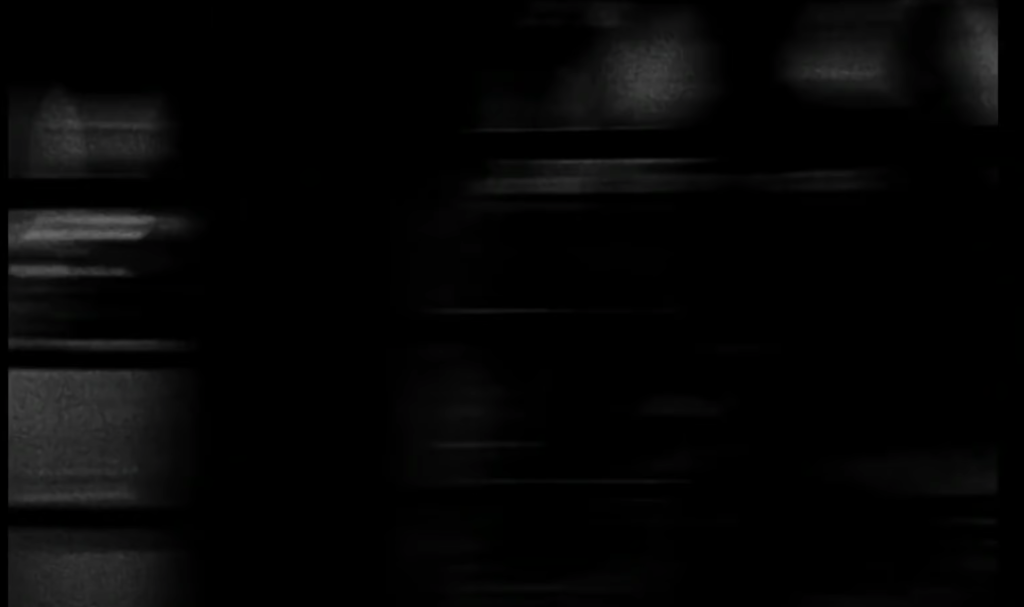
Task 1- Explain how the production context of Citizen Kane influenced the “look and feel” of the end production (100 words min)
Orson Welles and his cinematographer Gregg Toland masterfully collaborated to create unique shots that were unconventionally in Hollywood at the time.
For example, their use of the deep focus technique allowed subjects close and far away in the camera to remain in focus (deep depth of field), as a result staging could be cleverly crafted in a way that highlights struggle/power imbalance as seen in one of the films earlier scenes where Kane is clearly visible tiny outside the window symbolic of the way in which he is being ‘trapped’ into Mr. Thatcher’s guardianship and the fact he’s too inferior to have a say.

Additionally, Citizen Kane makes use of long/extended takes, as the scene above demonstrates through its long tracking shot from window to table. However, during the time of production there was no Steadicam therefore furniture and props had to be moved/separated around the camera to give the illusion the camera is tracking forwards/backwards through this static setting.
Citizen Kanes use of lighting, particularly chiaroscuro works to help reflect the plot, influencing the feel of the end production. This expressionistic lighting (influence of German expressionism) fits into a movie such as this as it centred around the mystery of “Rosebud”, with the use of shadows implying themes of immorality, loneliness, and insignificance but light to portray clarity and morality, whilst split lighting/partial shadows are suggestive of moral ambiguity/divide or a power imbalance etc.

Furthermore, Citizen Kane is famous for its use of low angle shots, therefore the sets required ceilings. This was uncommon at the time as most movies didn’t have ceilings because that’s where lights and microphones were situated, so the ceilings in the movie were constructed of cloth to allow microphones to still be placed overhead. Welles also made a hole in the floor of the set to place the camera. The use of low angles dramatically affects the look and feel as it enhances Kanes confidence, dominance/superiority and his overwhelming power (over characters).

Production Role 3: Writer
Description: Screenwriters write and develop screenplays for movies and TV shows, either by adapting pre-existing stories or based on an original idea. These screenplays are supposed to embody the emotions of the characters, the settings and the main meanings a scene is meant to portray; writers often collaborate with actors, directors and producers to achieve the best fitting screenplay which encompasses all participants’ ideas and aims. This often means a writer will draft and redraft their screenplays multiple times before deciding on the final outcome. Screenwriters can also be commissioned by producers or studios to create a certain screenplay.
What are screenwriters good at?
- Knowledge of screenwriting: understand all the key features of a screenplay and know how to improve and amend one.
- Creativity: write well and innovatively, express your ideas effectively in screenplay-form.
- Arts knowledge: a deep and wide knowledge of all genres of art, so as to be able to source ideas from a range of sources and understand cultural contexts.
- Watching film and TV drama: passion for the genre and a understanding of the industry.
Inspirational Practitioner: The Coen Brothers
The brothers usually base their screenplays on desolate and lonely, although picturesque, landscapes which often reflects personal issues each character portrays. A lot of their narratives feature the idea of luck or very unlikely situations the characters have to navigate. The Coen’s introduce the poignant landscapes as a part of the characters personalities, usually demonstrated through distinctive regional accents which are intertwined into the dialogues; for example, ‘Fargo’ features a rural dialect based on that spoken in Minnesota, said to be a combination of Scandinavian, German and Irish dialects from the 19th century. The ‘Fargo’ screenplay features this dialect heavily to implicate the toll such a rural and desolate area can have on the characters, causing a lot of their moments of anger and sadness to be intensified.
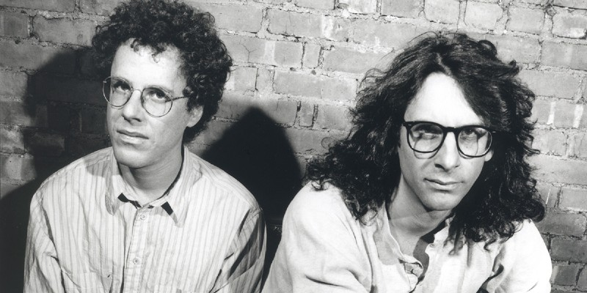

3 point lighting
Key Light – The key light is the brightest light. Generally it is placed at a 45 degree angle.

Fill Light – The fill light is used to fill the shadows created by the key light. It should be positioned on the opposite side of the key light. The fill light should be dimmer then the key light.
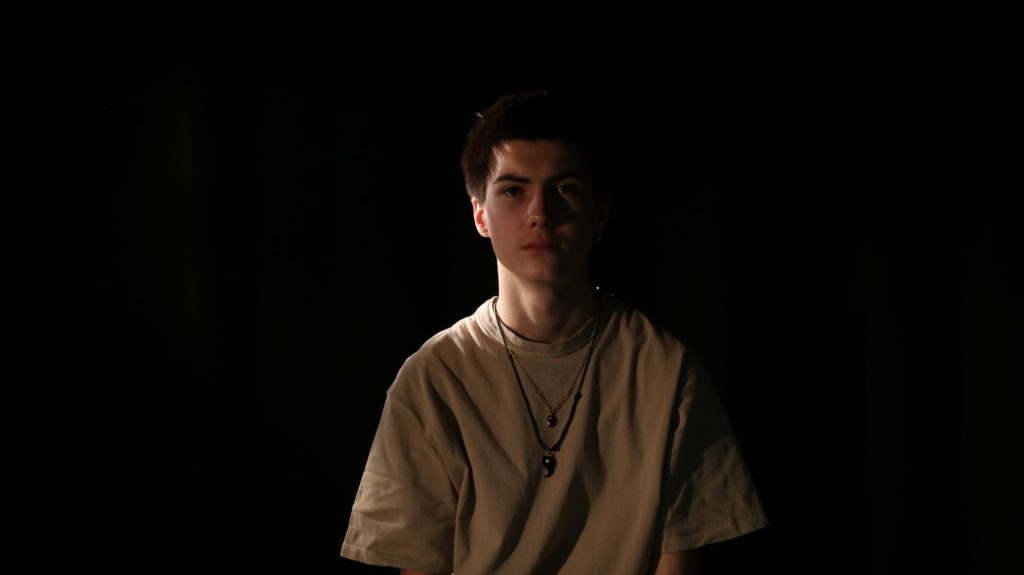
Back Light – The back light is used to created a ring of light around the subject to create contrast. The backlight is positioned behind the subject.
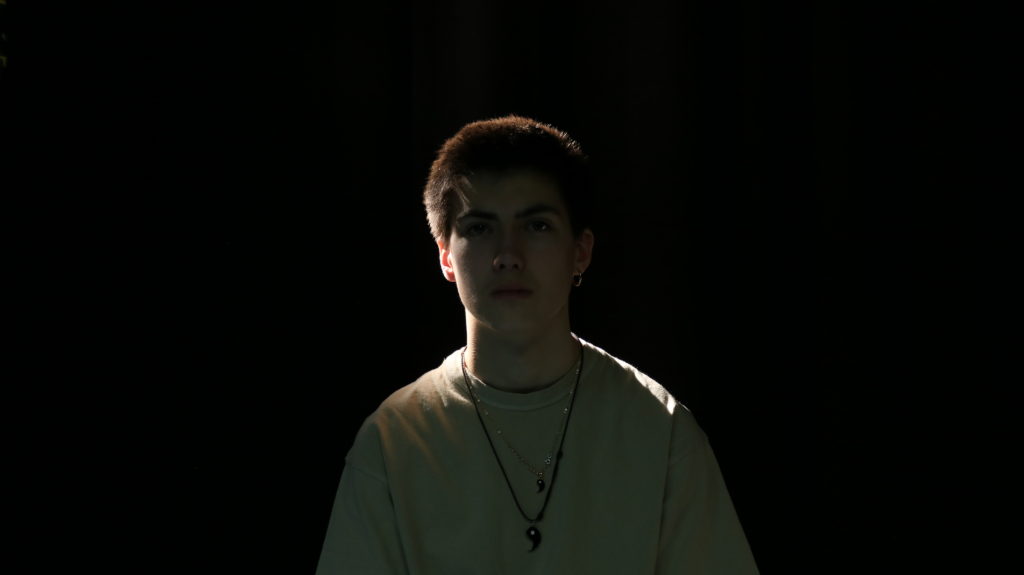
Chiaroscuro Lighting -A high-contrast lighting technique. Chiaroscuro uses a low key lighting setup, where a key light is used as the sole light source to achieve dark backgrounds with starkly lit subjects.
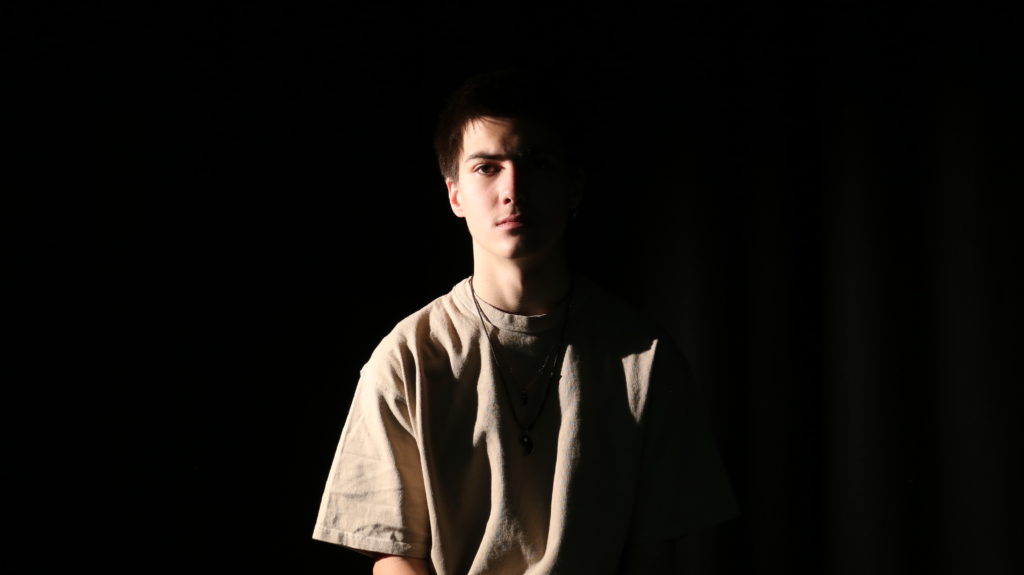
‘The Shore’ Sound Task
Lighting Tutorial
Three Point Lighting Set-up

Key Light– Brightest light, main light source. Generally positioned about a 45 degree angle from camera, but can be adjusted.
Fill Light– Fill in/illuminate shadows created by key light. Positioned other side of camera to key light. It’s important for fill light to be less bright than key light so there’s still contrast on each side of subjects.
Backlight– Create a rim of light around subject to distinguish the subject from the background. Positioned behind the subject, either higher/lower so light is out of shot.

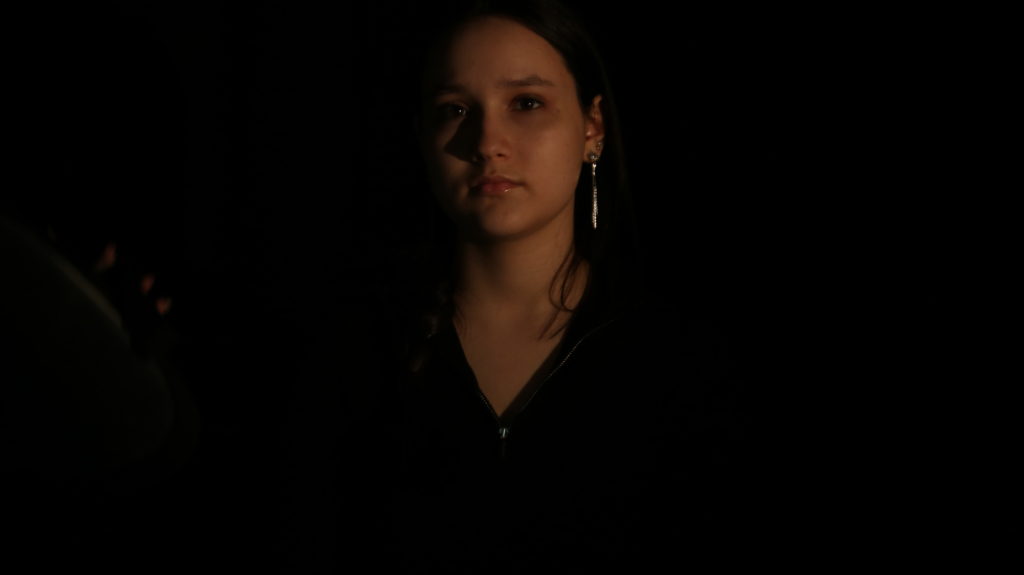
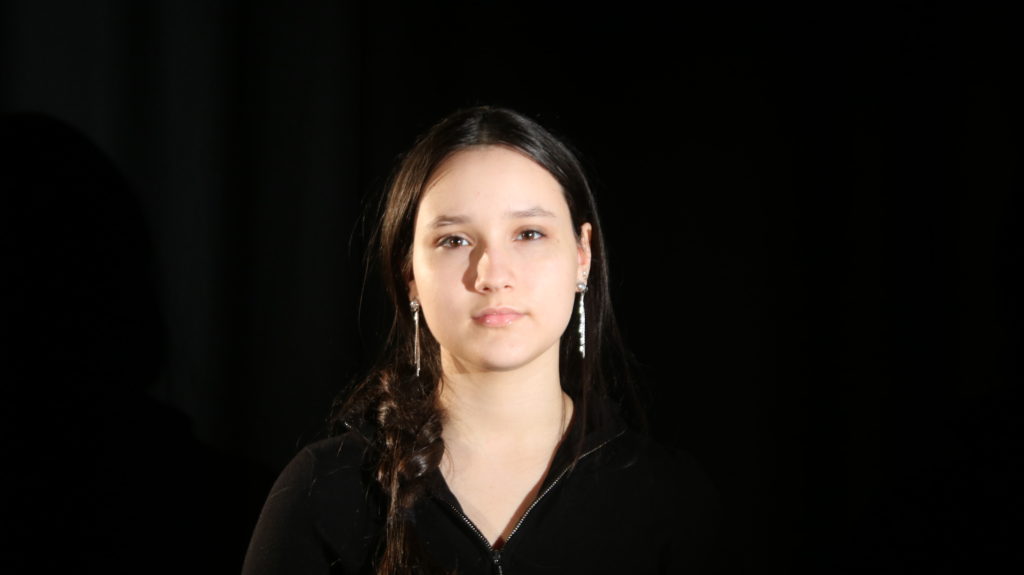
3 point lighting

Key light- The key light is the main light source. It shines directly on the subject, usually from the front right right or front left.
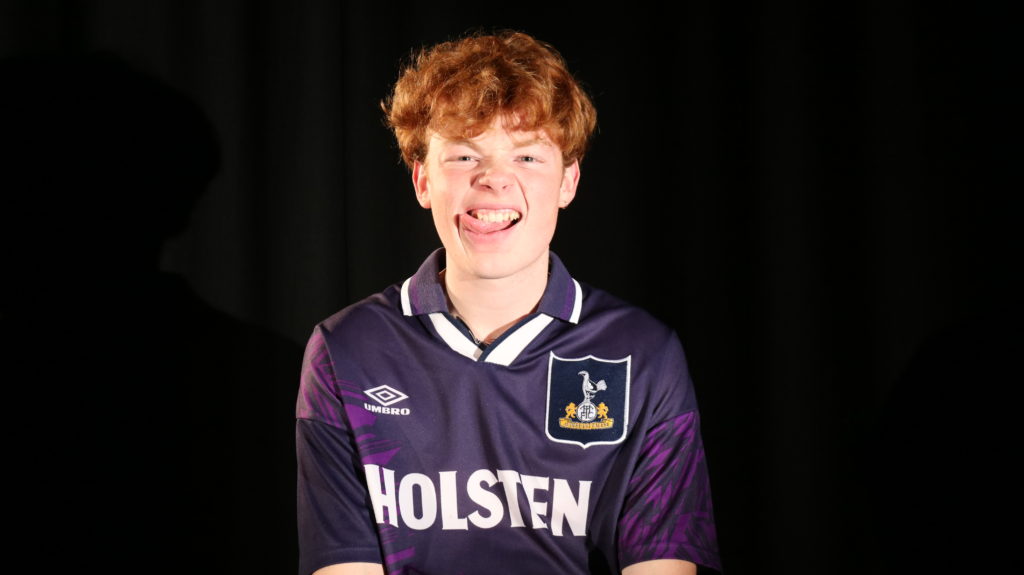
Fill light-The fill light is your secondary light source.
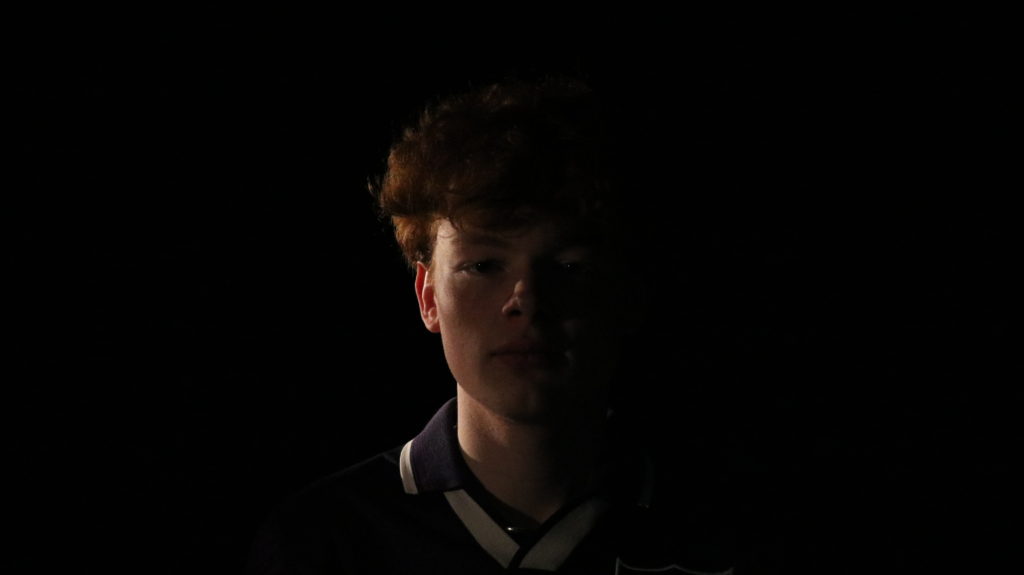
Back light-The back light is the background light source.
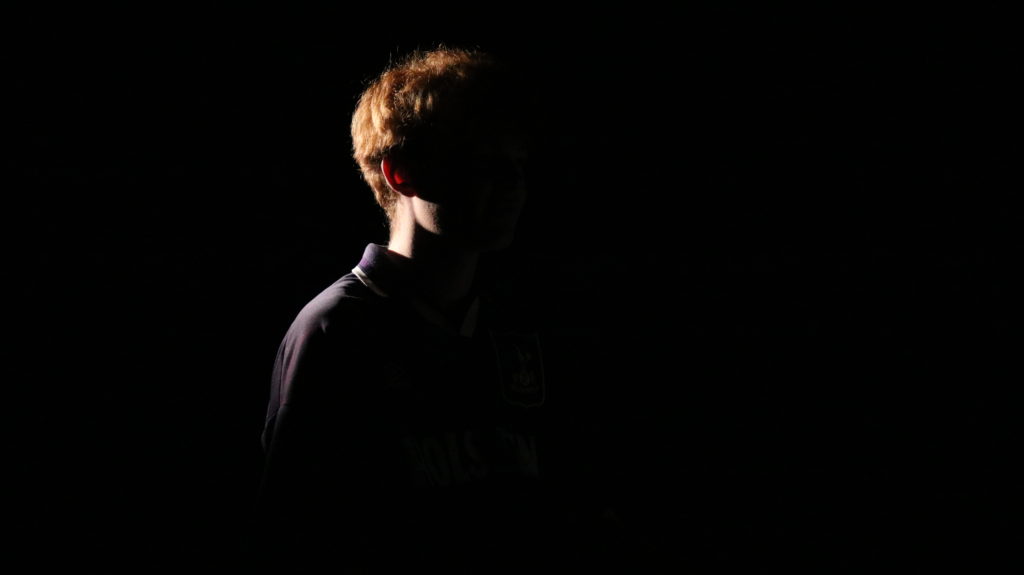
Three Point Lighting
Key Light- This is the brightest light and the main light source of our subject.
Fill Light- The shadows created by the key light are filled in by the fill light; the fill light is positioned on the other side of the camera from out key light and it illuminates the shadows cast by the key light. The fill light should be less bright than the key light so that there is still contrast on either side of the subject.
Backlight-the purpose of backlight is to create a rim of light around the subject in order to distinguish the subject from the background- positioned behind the subject either higher or lower.